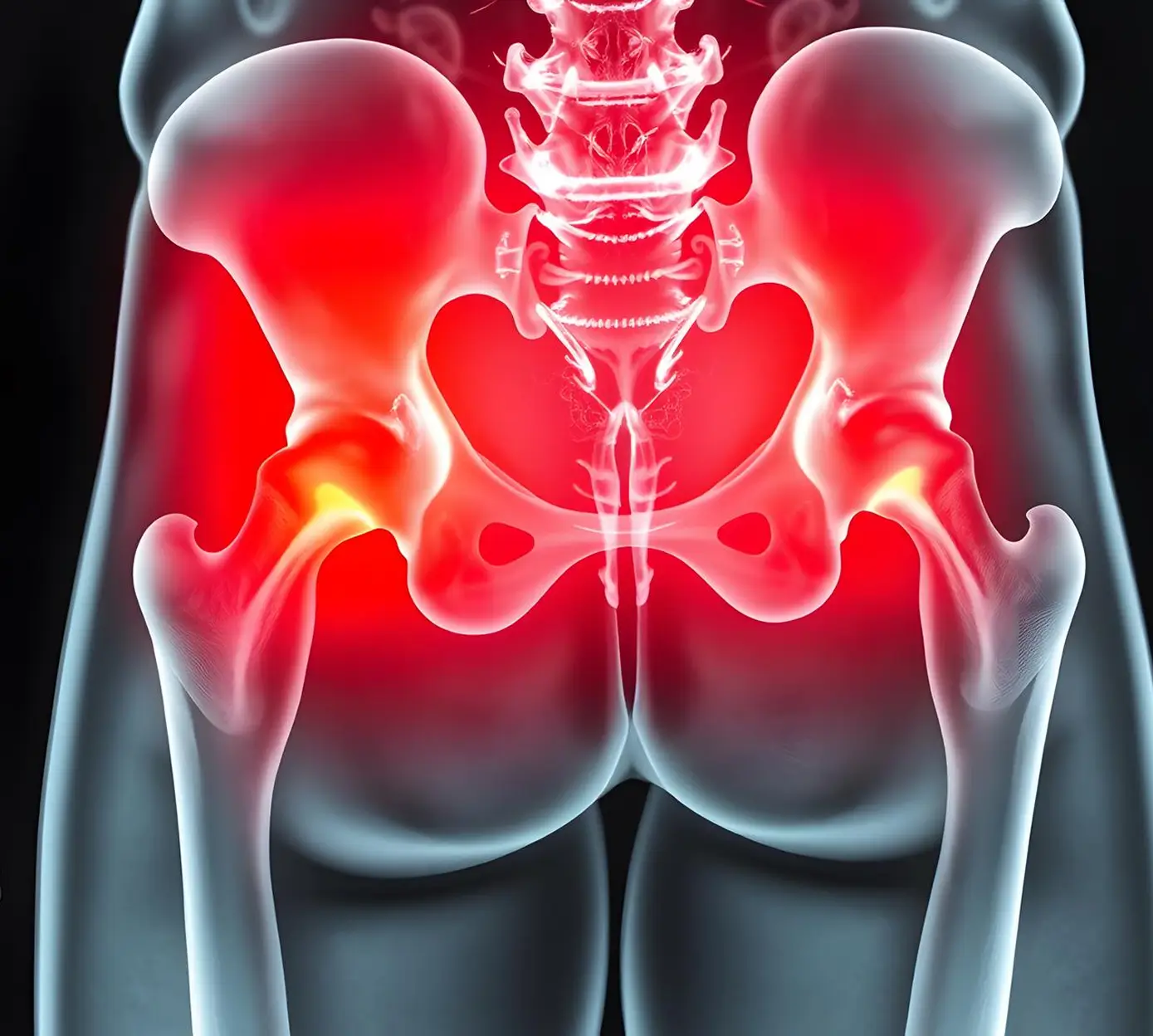Hip PRP Therapy at NTX Regen Center
PRP (Platelet-Rich Plasma) therapy for hip pain uses your own blood to promote healing and reduce inflammation in damaged hip tissues. This non-surgical treatment provides long-term relief for those suffering from chronic hip pain.
What is PRP Therapy for Hip Pain?
PRP therapy involves using a concentrated form of your blood platelets to stimulate tissue repair and reduce inflammation in the hip. It’s an effective, non-invasive treatment to regenerate tissue and relieve pain caused by conditions like arthritis, tendon injuries, or muscle strains.
Why Choose NTX Regen Center
for Hip PRP Treatment?
At NTX Regen Center, we take a personalized approach to every patient. Here’s why our Back and Spine PRP Therapy stands out:
- Experienced Specialists: Our board-certified specialists are dedicated to providing treatment using the latest PRP techniques to help you heal faster and recover better.
- Personalized Care: We understand that every patient is different. That’s why we customize your treatment plan to fit your specific needs, ensuring the best possible outcome for your recovery.
- Latest Technology: With onsite imaging and advanced equipment, we make sure that your treatment is as accurate and effective as possible..
- Same-Week Appointments: We understand your time is valuable, so we offer same-week appointments to help you get started on the road to recovery as soon as possible.
Conditions Treated with PRP Therapy for Hip Pain
PRP therapy is beneficial for treating various hip conditions, such as:
- Hip Arthritis: Helps reduce inflammation and pain in the hip joint caused by arthritis.
- Tendon Injuries: Repairs damaged hip tendons, speeding up recovery from tendonitis and other injuries.
- Hip Labral Tears: Promotes healing of the labrum, a cartilage structure in the hip joint.
- Muscle Strains:Reduces pain and inflammation caused by muscle strains in the hip.

How Does PRP Therapy Work for Hip Pain?
1. Consultation
A specialist examines your hip and may order imaging like X-rays or MRI to confirm diagnosis.
2. Blood Draw
A small blood sample is spun in a centrifuge to isolate the platelet-rich plasma (PRP).
3. Injection
The prepared PRP is precisely injected into the damaged hip tissue to spur repair and calm inflammation.
4. Recovery
Most feel better in weeks, with full benefits building over the next few months as your body heals.
Benefits of PRP for Hip Pain
- Non-invasive treatment, no surgery required
- Speeds up tissue healing
- Reduces pain and inflammation in the hip
- Long-term relief from chronic hip pain
- Uses your body’s natural healing abilities for a safe, effective solution
Meet Our Care Team
Board-Certified Orthopedic Spine Surgeon
- Specializes in cervical, thoracic, and lumbar spine surgery
- Fellowship-trained in spinal reconstruction surgery
- Board Certified by the American Osteopathic Board of Orthopedic Surgeons
- Published researcher in Spine and national conference presenter (NASS, SRS)
Board-Certified Pain Management & Rehabilitation Specialist
- Fellowship-trained in interventional spine & pain management
- Board Certified in Physical Medicine and Rehabilitation
- Expertise in musculoskeletal pain, neuromuscular disorders, and electrodiagnostics
- Member of AAPMR, AAP, and American Osteopathic Association
Board-Certified Radiologist & Neuroradiologist
- Board Certified in Radiology with CAQs in Interventional Radiology and Neuroradiology
- Fellowship-trained in both interventional radiology and neuroradiology
- Former Chief Resident at University of Nebraska Medical Center
- Member of ACR, RSNA, SIR, and International Spine Intervention Society
Now Offering Hip PRP Across DFW
What Our Patients Are Saying
Property Sisters
Shaquita Lewis
Javier Garcia
“I like this clinic and the treatment they provide. I appreciate a lot.”
Frequently Asked Questions
Can PRP help hip arthritis?
Concentrated platelets may calm joint inflammation, ease stiffness and support cartilage health in early-to-moderate osteoarthritis, offering a biologic option before more invasive care.
What other hip problems is PRP used for?
Clinicians often target labral fraying, gluteal or iliopsoas tendonitis, trochanteric bursitis and some sacroiliac (SI) pain, placing the PRP precisely at the irritated tissue.
Is the injection deep or painful?
Under ultrasound or X-ray guidance, a numbed needle reaches the joint; most people feel brief pressure rather than sharp pain.
What activity changes follow a hip PRP shot?
Rest the hip one-to-two days, resume walking and gentle stretches soon after, and reintroduce running or impact drills gradually as your provider clears each stage.
When can I get back to sports?
Active patients typically restart sport-specific drills within six–eight weeks, guided by symptom relief, strength testing and imaging when needed.
Could PRP delay a hip replacement?
By easing pain and supporting joint function, PRP may postpone the need for total hip surgery in some individuals, especially when paired with targeted exercise therapy.